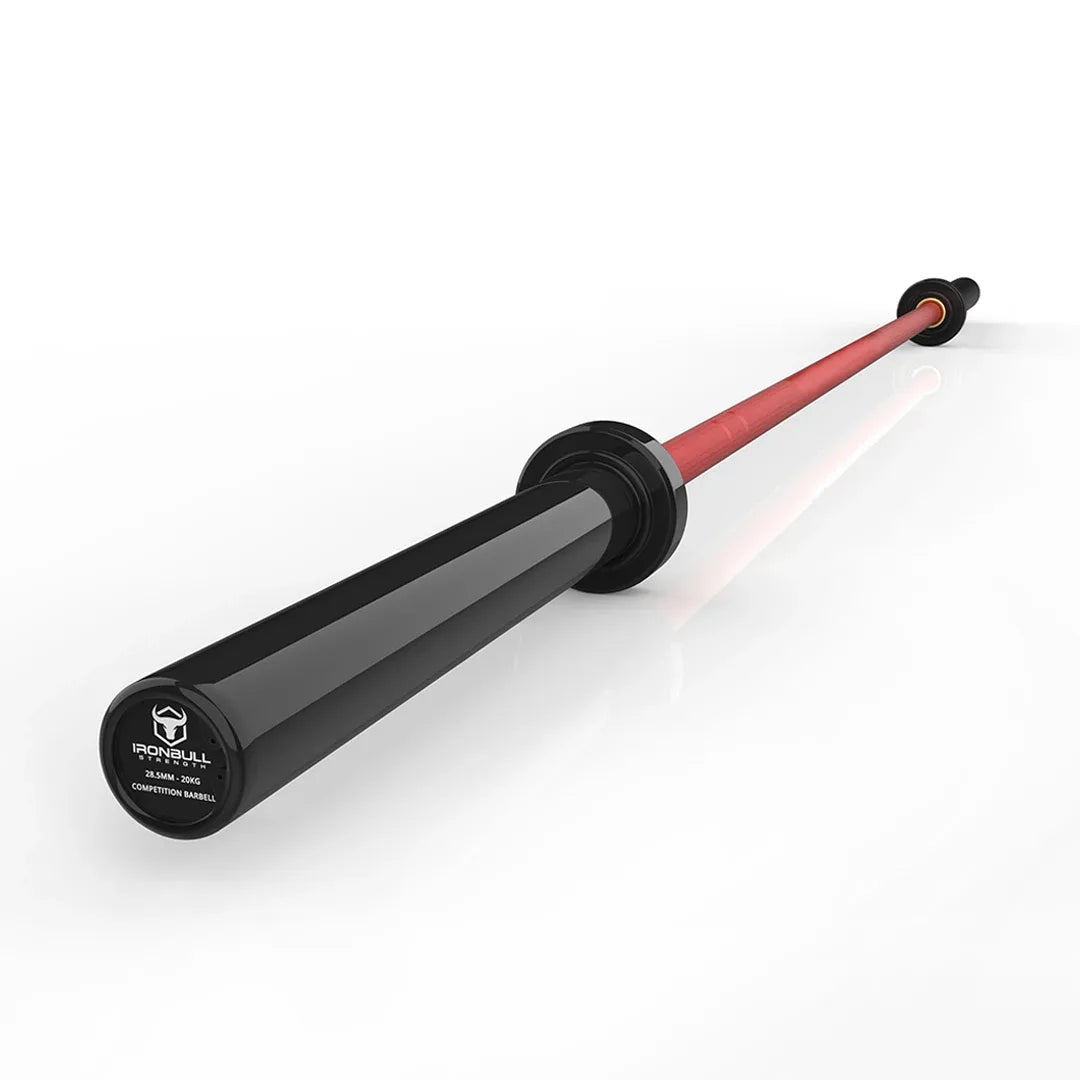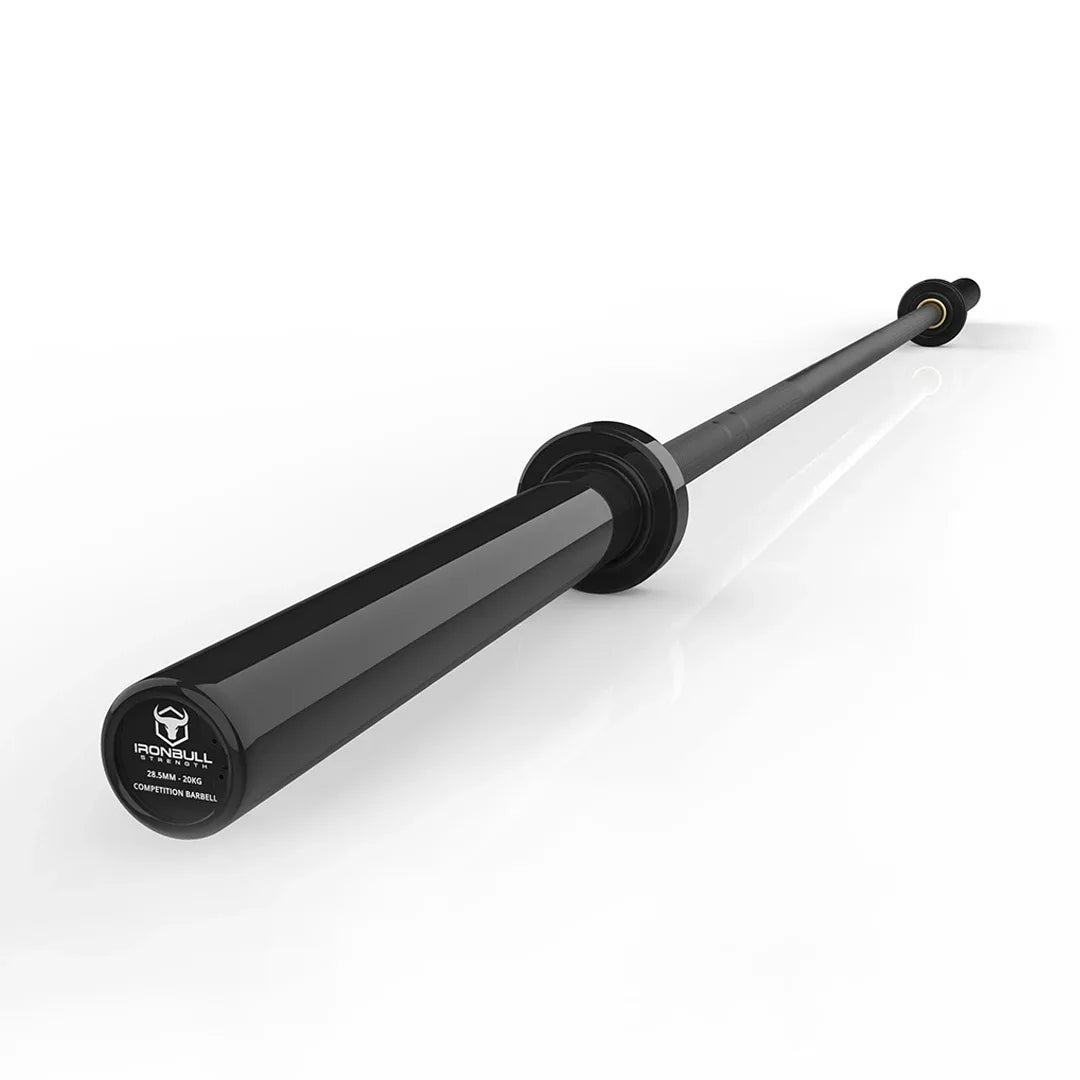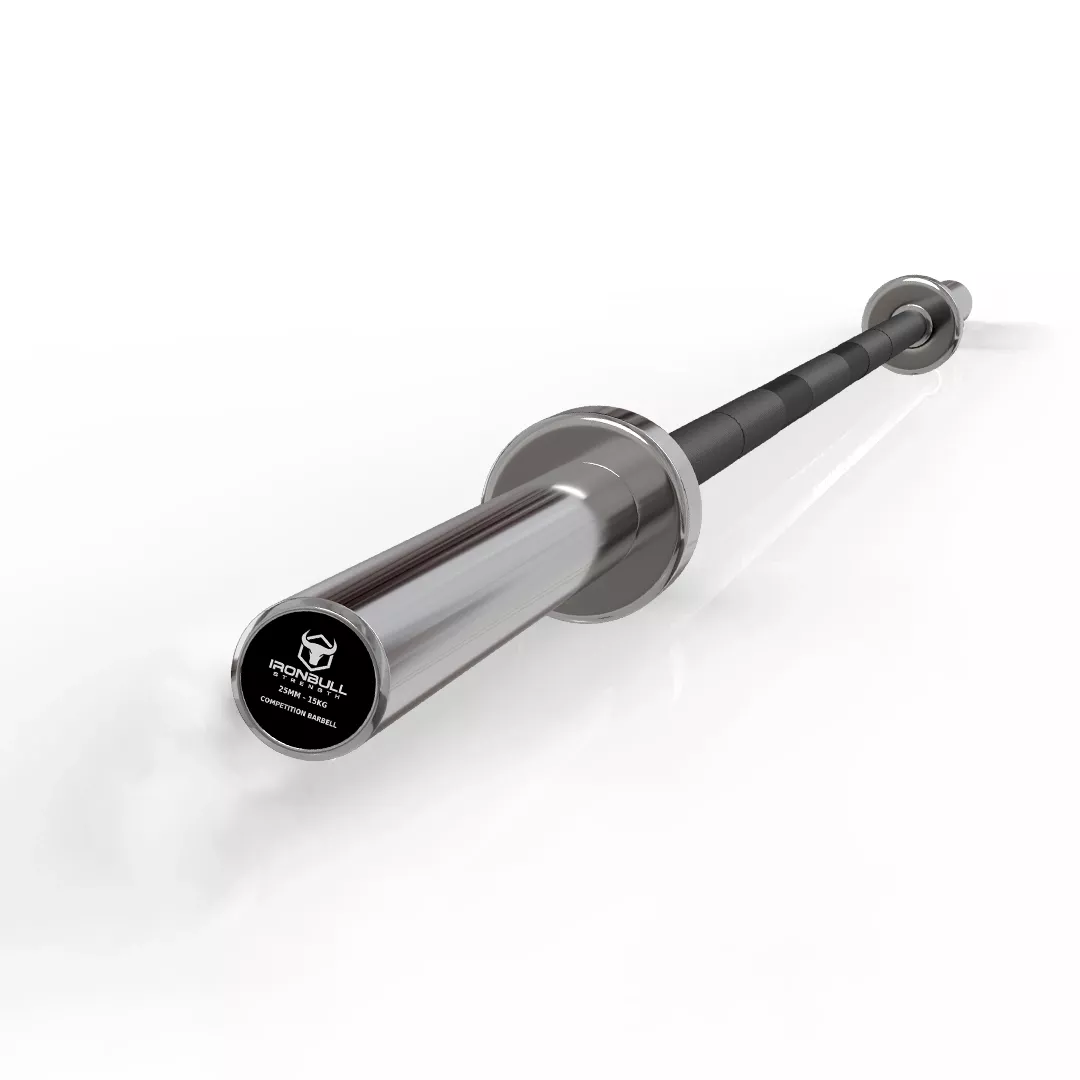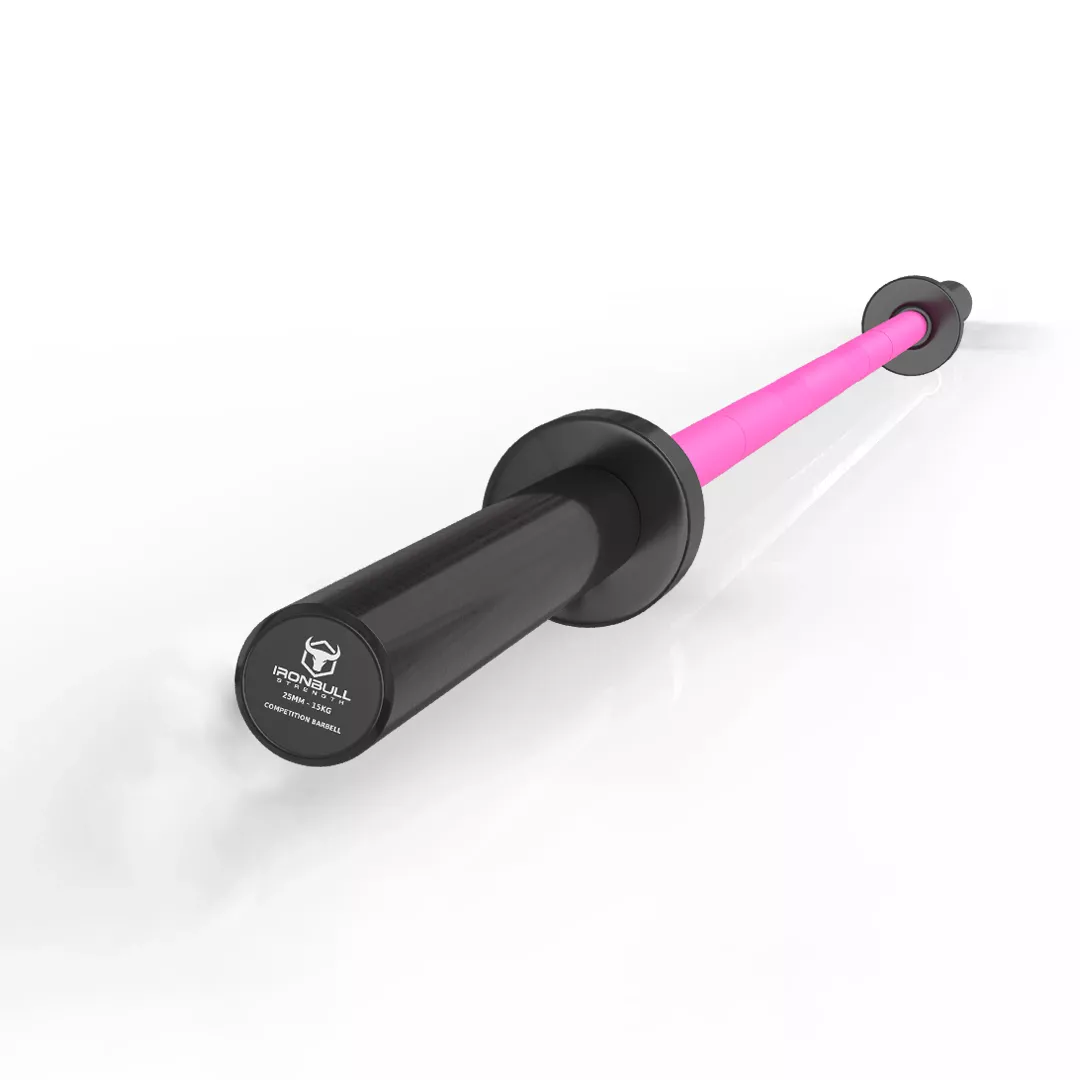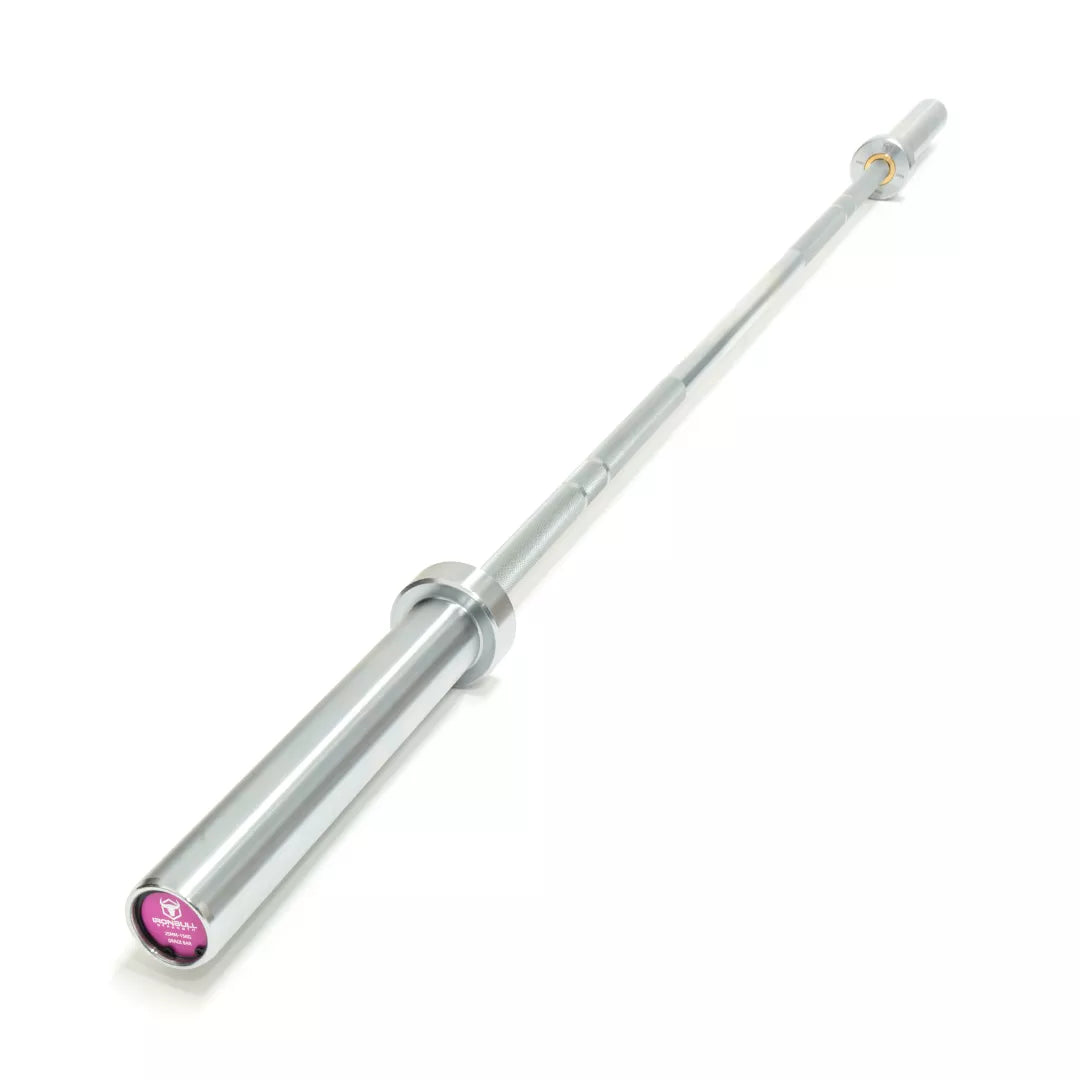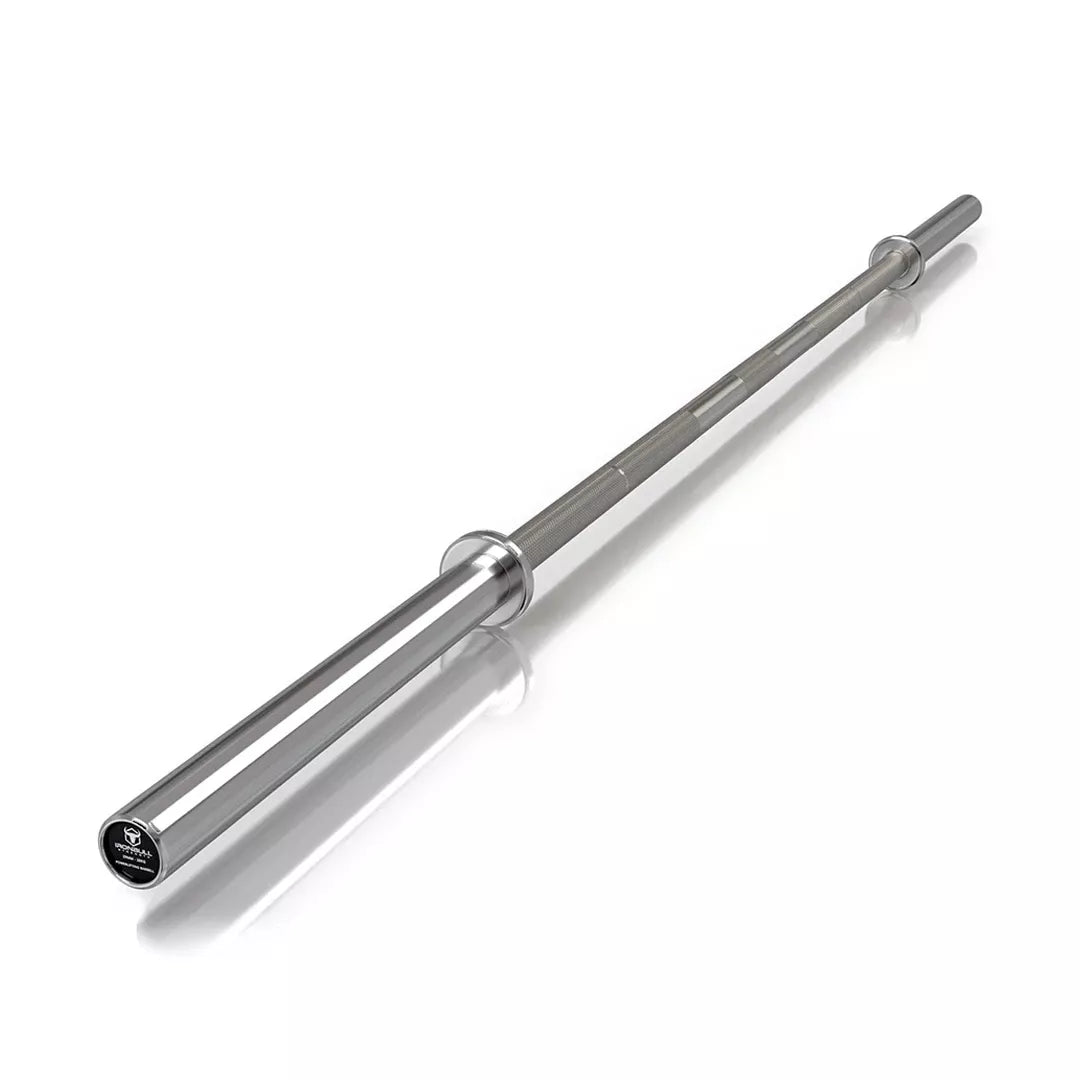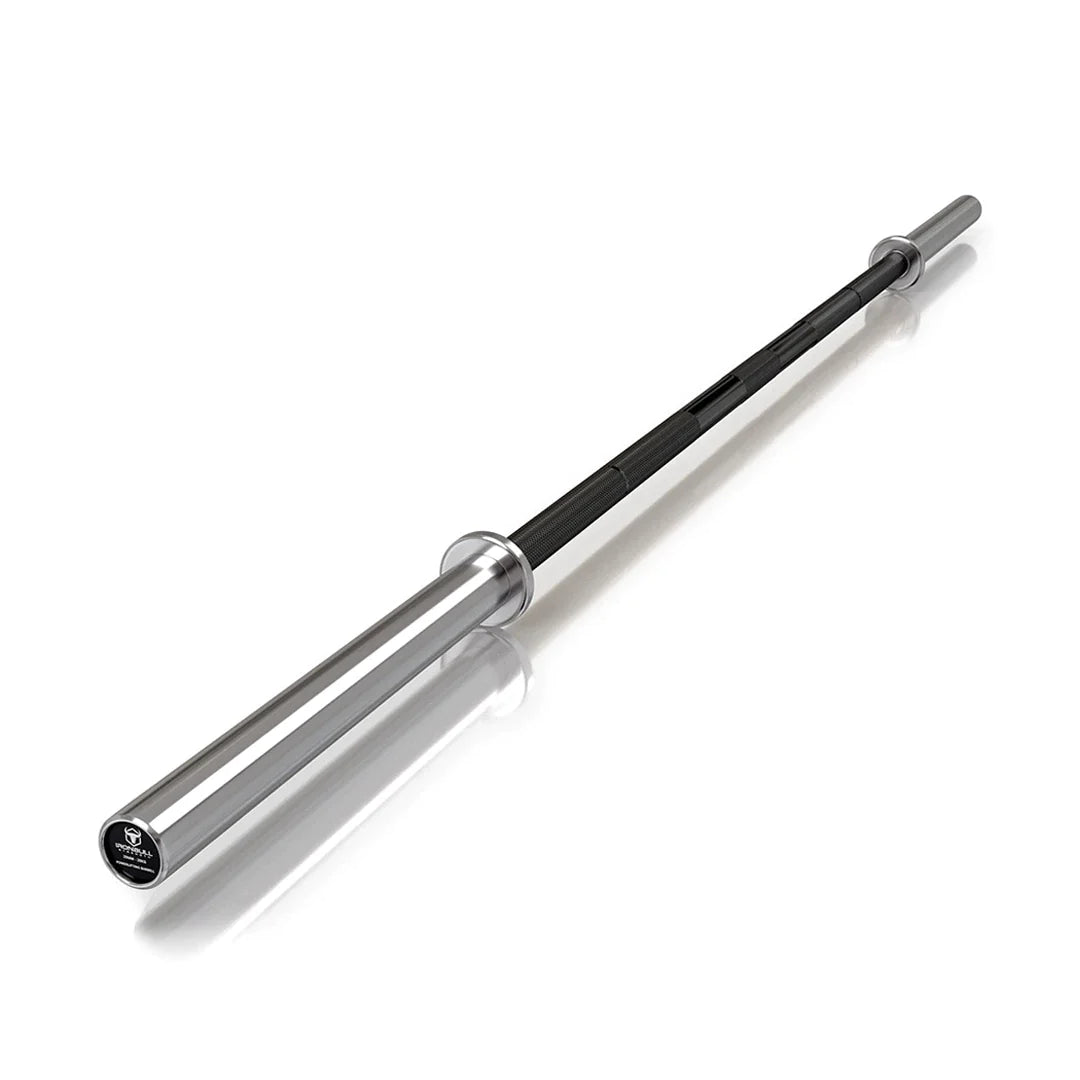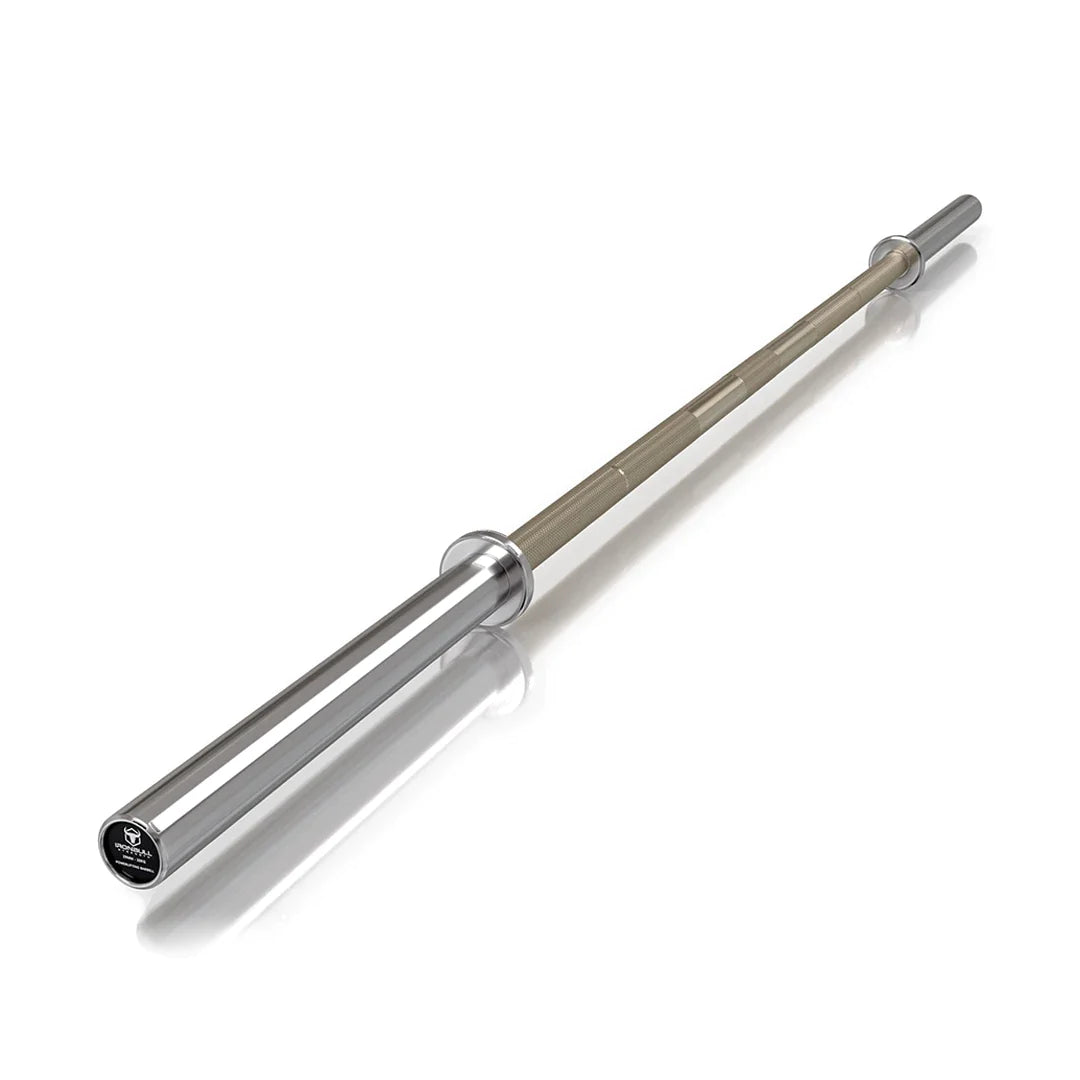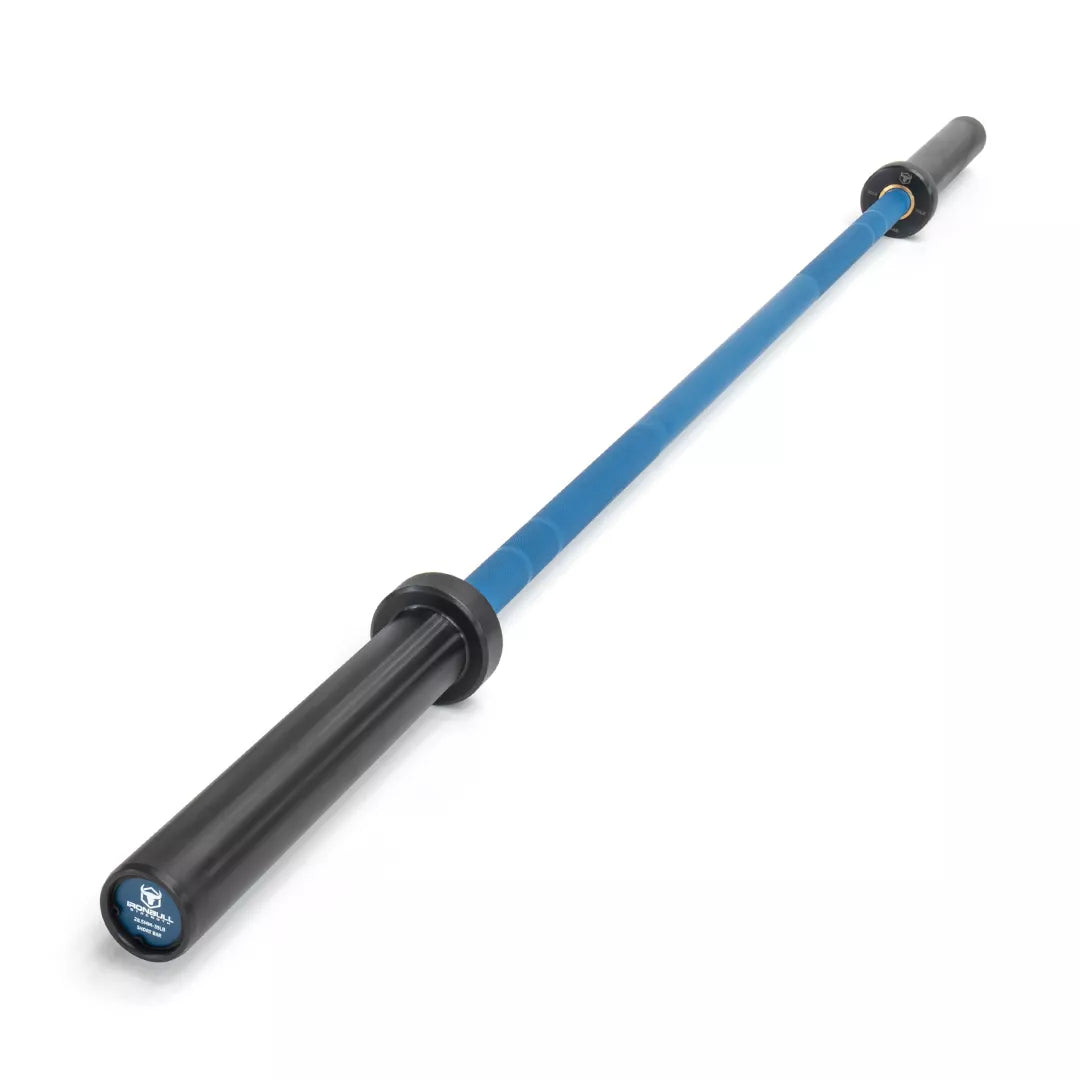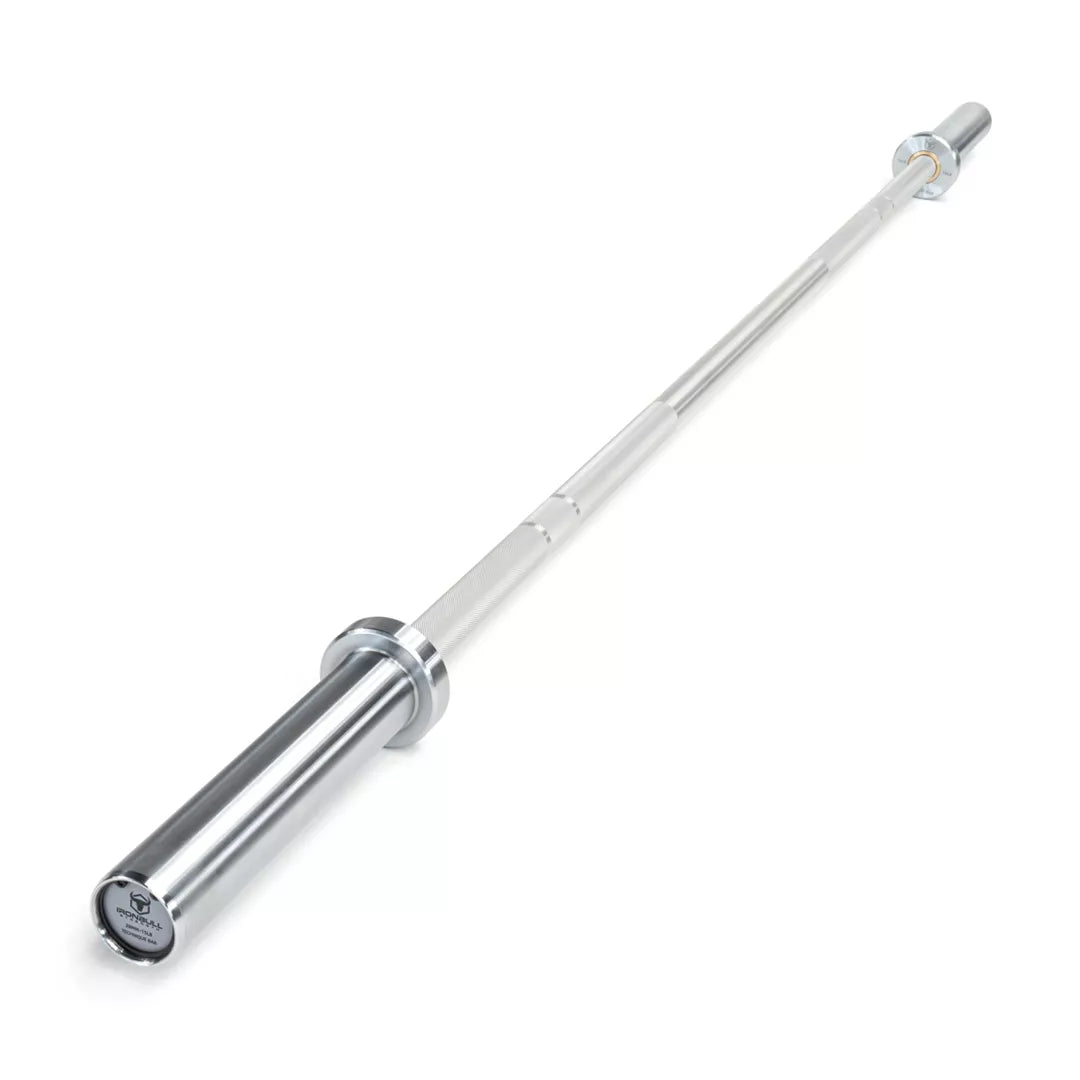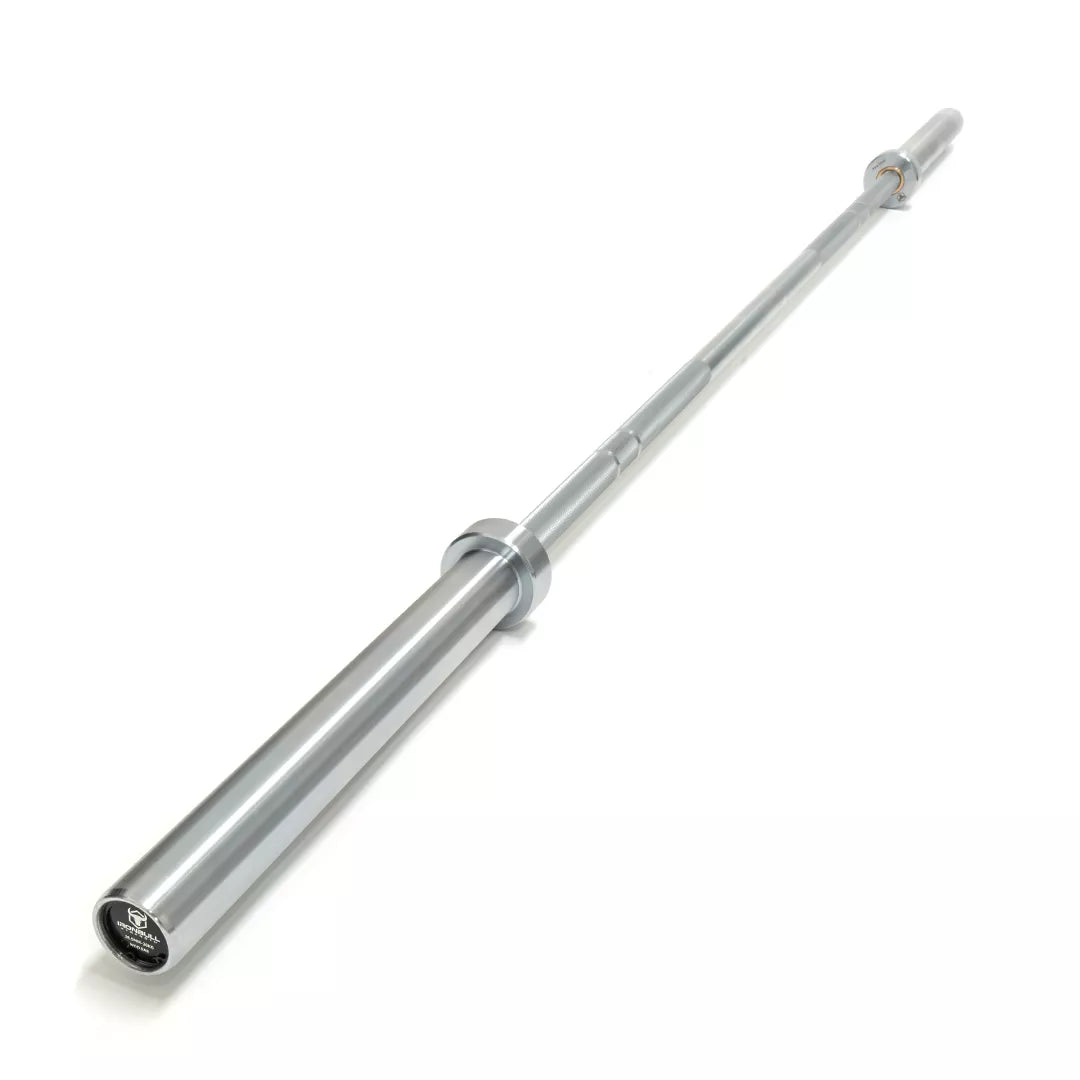Barbells for Every Lifter, Goal, and Training Style
No two lifters are alike, and your barbell shouldn’t be either. That’s why our collection of barbells is built to meet your training needs, whether you're just getting started or chasing a new personal record.
From classic Olympic barbells and functional barbells to Z barbells, V barbells, and traps barbells, we offer a complete range for lifters of every level. Whether you're outfitting a home barbell setup or upgrading your gym barbell selection, our barbells are engineered for performance and built to last.
Strength You Can Feel in Every Lift
Our barbells are built from high-grade steel with precision knurling and optimal whip, perfect for squats, presses, deadlifts, and Olympic lifts. Whether you're using a barbell pad for high-rep squats or loading heavy Olympic barbell weights, you’ll feel rock-solid support and total control from the first rep to the last.
Looking to target specific movements? Our traps barbells help isolate the upper back, while the Z barbell and V barbell designs are great for arm training with reduced wrist strain.

